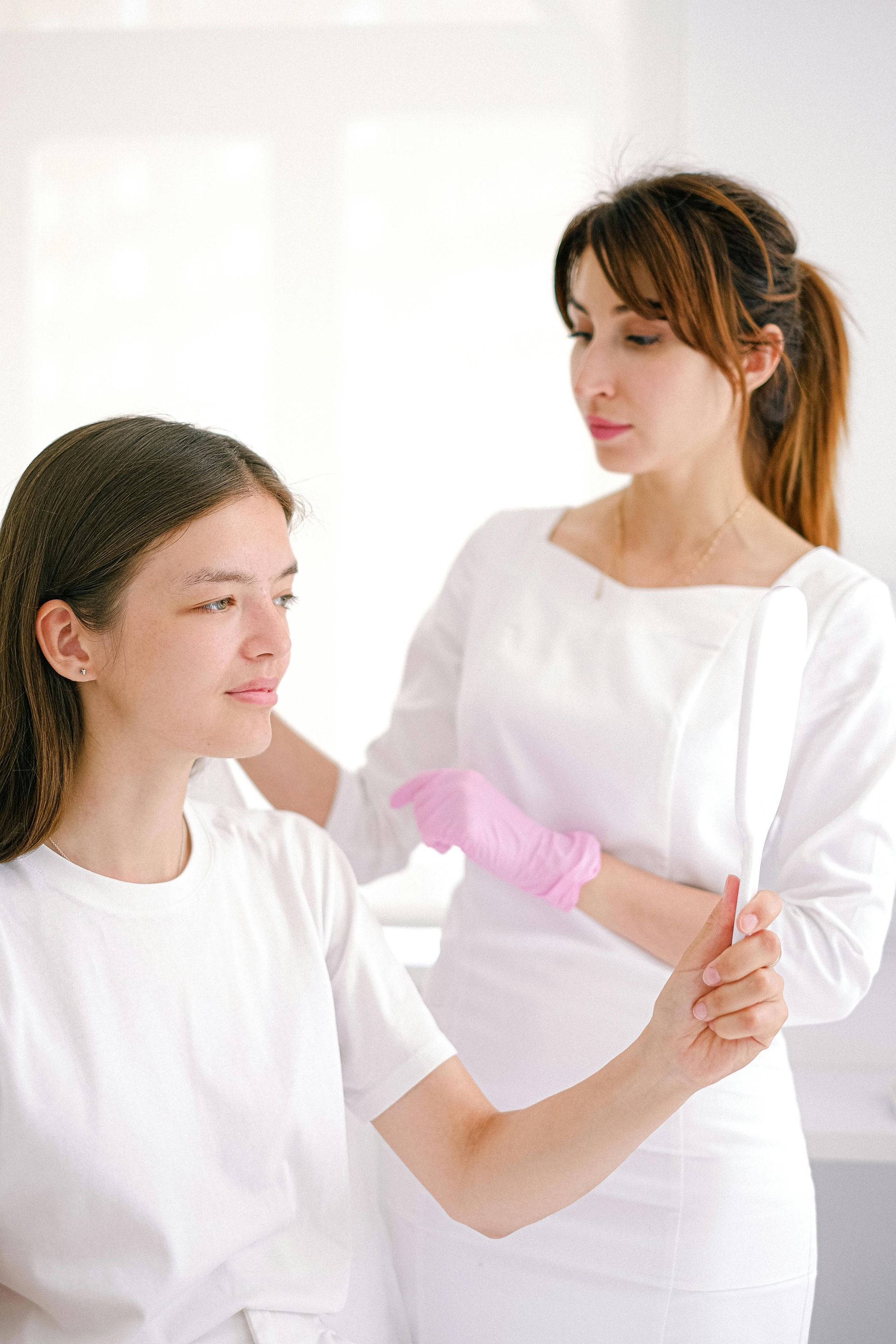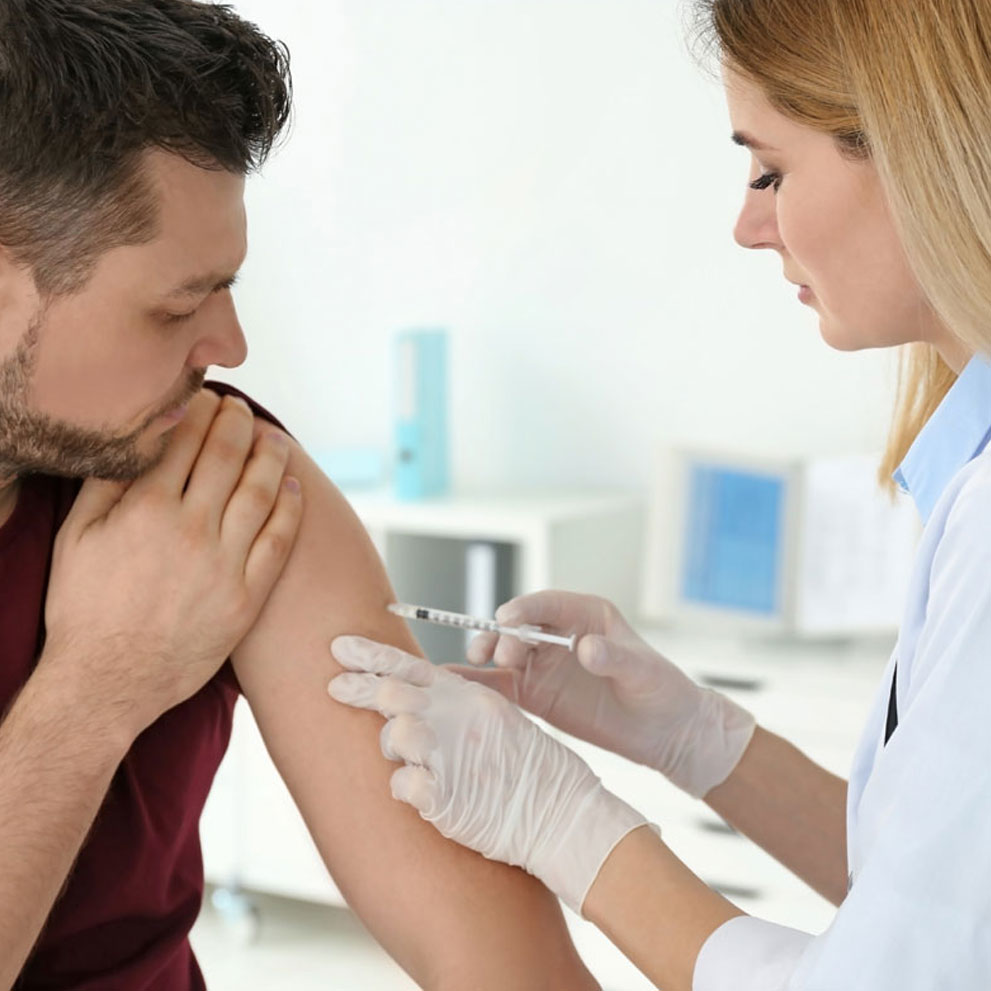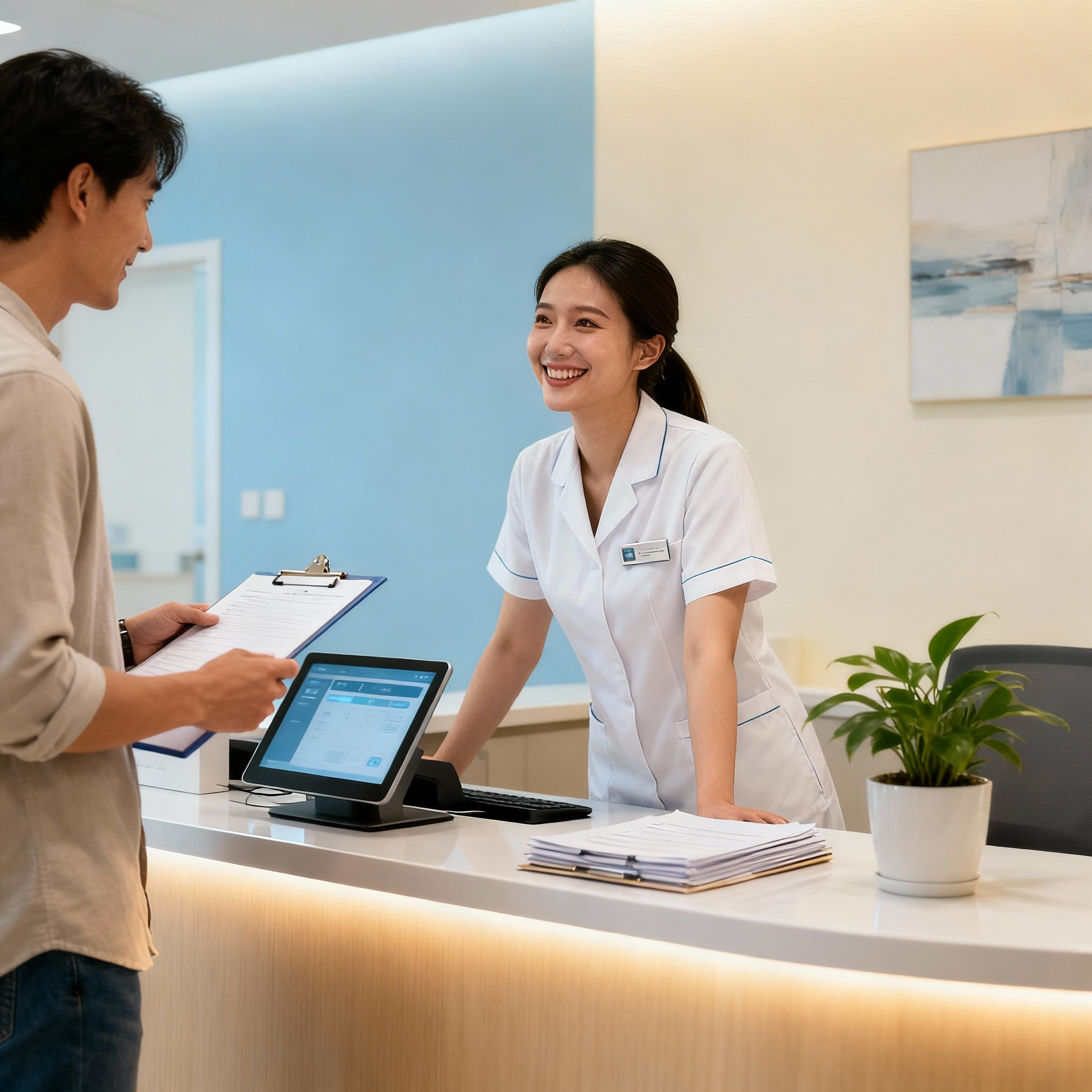In-Person vs Virtual GP Care: What Southern Cross Members Should Know
Making healthcare decisions shouldn't feel complicated. If you're a Southern Cross member wondering whether to book a virtual GP consultation or visit your doctor face-to-face, you're asking exactly the right question. Both options offer distinct advantages, and understanding when to use each can help you receive the best possible care whilst making the most of your membership benefits.
Understanding Your Virtual GP Options with Southern Cross
Southern Cross members enjoy complimentary access to CareHQ, New Zealand's integrated virtual GP service, available seven days a week from 7am to 10pm when booked through the MySouthernCross app. This service was specifically designed to complement—not replace—your relationship with your enrolled GP, ensuring continuity of care remains at the heart of your healthcare journey.[87][88][89][90]
Virtual consultations take place via secure video call on your phone, tablet, or computer, allowing you to connect with qualified New Zealand GPs from anywhere—whether you're at home, work, or even on holiday. The consultation typically allows for ten minutes of face-to-face online time with a GP, and prescriptions can be sent directly to your preferred pharmacy for collection.[88][91][92]
It's worth noting that CareHQ doesn't enrol patients or seek capitation funding, which means there's no financial impact on your regular GP practice when you use the service. This thoughtful design helps preserve the valuable long-term relationship you have with your usual doctor whilst providing convenient access to care when your regular practice isn't available.[90]
Additionally, many GP practices now offer their own virtual consultation services. 1 Health in Christchurch provides virtual GP consultations, allowing enrolled patients to connect with their own trusted doctors remotely. This option gives you the best of both worlds—the convenience of telehealth combined with the continuity of seeing your regular GP who already knows your medical history and circumstances.
When Virtual GP Consultations Work Best
Virtual GP appointments excel in specific situations where physical examination isn't essential for diagnosis or treatment. Research demonstrates that telehealth consultations are particularly effective for straightforward health concerns where visual assessment and conversation provide sufficient information.[93][94]
Ideal conditions for virtual GP care include:
Minor acute illnesses such as ear infections, sore throats, urinary tract infections, colds and flu, and uncomplicated respiratory infections can often be assessed effectively through video consultation. GPs can observe your general appearance, listen to your symptoms, and ask targeted questions to determine appropriate treatment.[94][95]
Skin conditions and rashes are well-suited to virtual assessment, as you can show the affected area to the camera. Conditions like eczema, contact dermatitis, mild hives, fungal infections, or insect bites often respond well to virtual diagnosis and treatment recommendations. However, rashes accompanied by fever, severe pain, facial swelling, or affecting sensitive areas like the eyes, mouth, or genitals require in-person examination.[96][97][94]
Mental health consultations have proven remarkably effective via telehealth. The convenience and privacy of connecting from home can actually reduce barriers for some patients, particularly those experiencing anxiety or agoraphobia. Research shows that therapeutic rapport can be successfully established through video consultations, though some individuals still prefer the reassurance of face-to-face interaction.[98][99][100][101][93]
Medication reviews and repeat prescriptions for stable, ongoing conditions can often be managed virtually. If you require a repeat prescription for long-term medications and the clinician has access to your prescribing history, this can frequently be arranged through a virtual consultation. However, patients requiring repeat prescriptions should still be assessed in person regularly, at a frequency appropriate for their medical condition.[102][103][104][94]
Follow-up appointments for ongoing conditions where the GP already knows your medical history work particularly well via video. This continuity allows GPs to monitor your progress, adjust treatment plans, and maintain that important "finger on the pulse" of your health.[105][106][88]
Minor illness certificates and routine administrative matters can be efficiently handled through virtual consultations when you're not seriously unwell.[94]
The convenience advantages are substantial. Virtual consultations eliminate travel time, reduce disruption to your working day, spare you from sitting in waiting rooms, and provide access to medical advice outside traditional practice hours. For parents of young children, working-age adults, or those living in rural areas, these benefits can be transformative.[99][100][93]
When In-Person GP Appointments Are Essential
Whilst virtual care offers tremendous convenience, certain situations absolutely require the hands-on assessment that only face-to-face consultations can provide. Physical examination remains a cornerstone of quality medical care, and some diagnoses simply cannot be made remotely.[101][107]
You should book an in-person GP appointment for:
Physical examinations and diagnostic assessments where your doctor needs to palpate, auscultate (listen with a stethoscope), or conduct hands-on examination of the affected area. Checking blood pressure, assessing swelling, examining joints, listening to your chest or heart sounds, and palpating your abdomen all require in-person contact.[100][101]
New or undiagnosed symptoms that could indicate serious conditions benefit enormously from comprehensive physical assessment. GPs can pick up subtle physical indicators during face-to-face visits—changes in skin texture, posture, breathing patterns, or pallor—that might be missed in a virtual setting.[107][108][101]
Acute serious symptoms including chest pain, severe abdominal pain, sudden shortness of breath, severe bleeding, sudden allergic reactions, or any symptoms that are severe or rapidly worsening require immediate in-person assessment or emergency care. Virtual consultations are not appropriate for these potentially life-threatening situations.[95][109][94]
Procedures requiring specialised equipment such as vaccinations, injections, wound care, minor procedures, or diagnostic tests like ECGs cannot be performed remotely. If your GP determines during a virtual consultation that such procedures are needed, they will arrange for you to be seen in person.[104][110][93]
Complex or multiple health concerns often require the comprehensive assessment that in-person consultations facilitate. When you have several interrelated symptoms or long-term conditions requiring coordination, face-to-face appointments allow for more thorough evaluation and nuanced clinical decision-making.[107]
Patients with communication difficulties including severe hearing or vision impairment, cognitive challenges, or language barriers may find in-person consultations more effective. The presence of family members or interpreters in the room can significantly enhance communication and understanding.[111][112][104]
Initial consultations for new health concerns particularly benefit from in-person assessment, as this allows your GP to establish a comprehensive baseline understanding of your condition. Once a diagnosis is established and treatment initiated, follow-up consultations may be suitable for virtual care.[104]
The Importance of Physical Examination
Physical examination provides GPs with crucial diagnostic information that cannot be replicated through a screen. Research consistently demonstrates that clinicians' diagnostic accuracy improves with in-person assessment, and whilst telemedicine can handle many conditions effectively, it has recognised limitations.[108][100]
During a physical examination, your GP can assess texture, temperature, consistency, and subtle changes that provide essential diagnostic clues. They can evaluate your gait, posture, muscle strength, reflexes, and coordination. They can detect heart murmurs, lung abnormalities, or abdominal tenderness that might indicate serious underlying conditions.[101][107]
These hands-on assessments aren't merely procedural—they're often fundamental to reaching an accurate diagnosis and ensuring patient safety. Studies have found that clinicians express significant concerns about the loss of visual inspection as a clinical tool during remote consultations, noting that this limitation can increase the need for additional tests, prescriptions, or subsequent in-person appointments to complete assessments.[113][100][108]
Building and Maintaining the GP-Patient Relationship
One of the most valuable yet intangible aspects of healthcare is the therapeutic relationship between you and your GP. This relationship, built on trust, mutual respect, and familiarity developed over time, significantly influences the quality and effectiveness of your care.[106][114]
Research reveals interesting findings about continuity of care in the context of virtual versus in-person consultations. Many patients and healthcare practitioners believe that remote consultations in the context of pre-existing relationships are easier, safer, and of higher quality. When your GP already knows your medical history, family circumstances, and health patterns, they can detect subtleties in your concerns that might be missed by an unfamiliar clinician.[106]
Remarkably, one study found that patients who had virtual visits with outside physicians—GPs they didn't usually see—were 66 per cent more likely to visit the emergency department within seven days compared with those who consulted their own GP. This striking finding underscores the protective value of relational continuity in healthcare.[114]
However, continuity isn't everything. Research also demonstrates that successful consultations can occur without pre-existing relationships, provided that effective rapport is established during the encounter. Some patients, particularly those with stable health conditions, are willing to trade relational continuity for the convenience and speed of access that virtual services provide.[106]
For patients with long-term or complex conditions, relational continuity with a regular GP becomes increasingly valuable. These individuals benefit from having a doctor who understands their full medical context, can detect changes over time, and coordinates their care comprehensively. For such patients, virtual consultations with their own GP—such as those offered by practices like 1 Health—offer an excellent middle ground, maintaining the relationship whilst providing convenient access.[115][106]
Privacy, Security, and Confidentiality Considerations
Telehealth platforms raise important questions about data security and patient privacy that deserve careful consideration. Virtual consultations involve the collection, transmission, and storage of sensitive health information, creating potential vulnerabilities that don't exist in the same way during traditional in-person visits.[116][117][118]
Key privacy considerations include:
Data security during transmission is paramount. Secure, encrypted platforms are essential to protect your health information from unauthorised access. Reputable telehealth services like CareHQ use secure video links sent via email and SMS to protect your consultation. However, it's important to ensure you're connecting from a private location with a secure internet connection.[119][120][116]
Environmental privacy matters significantly during virtual consultations. You need a private space where you can discuss sensitive health information without being overheard by others in your household or workplace. This can be particularly challenging for those living in crowded housing or without access to private spaces.[99][116]
Data storage location is another consideration. Some telehealth platforms store data overseas, whilst others keep information within New Zealand. Understanding where your health information is stored and who has access to it helps you make informed decisions about using virtual services.[119]
Confidentiality concerns were frequently mentioned by both patients and clinicians in research studies. Some patients feel more comfortable discussing sensitive or stigmatised health concerns during in-person consultations, where the environment feels more secure and confidential.[117][121][100]
The Medical Council of New Zealand provides clear guidance on telehealth privacy and data security, emphasising that all existing standards of care, including informed consent and confidentiality, apply equally to virtual consultations. GPs should ensure they can confirm patient identity, address data security and privacy appropriately, and recognise the limitations imposed by the telehealth modality.[104]
Accessibility and the Digital Divide
Whilst virtual consultations offer tremendous potential to improve healthcare access, they can paradoxically create barriers for some population groups—a phenomenon known as the "digital divide".[112][122]
Accessibility challenges include:
Technology access and digital literacy vary significantly across the population. Whilst many people own smartphones or computers, not everyone has the digital skills needed to navigate booking systems, access video consultation software, or troubleshoot technical issues. Older adults may be proficient with email and text messaging but unfamiliar with video consultation platforms, often preferring the simplicity of telephone interactions.[112]
Age-related considerations are particularly important. Research shows that many older people living in aged care environments lack reliable Wi-Fi access or computers in common areas. Additionally, age-related changes in visual acuity, hearing, and cognitive function can make virtual consultations more challenging than face-to-face interactions. Some elderly patients require assistance from carers to complete telehealth appointments.[122][112]
Physical and sensory impairments can create significant barriers to virtual care. Patients with severe hearing or vision impairment, reduced manual dexterity, or cognitive challenges may find telehealth particularly difficult. For these individuals, in-person consultations ensure they're not inadvertently excluded from accessing quality healthcare.[111][112][104]
Cultural and linguistic diversity adds another layer of complexity. Non-English speakers may find it harder to communicate effectively through virtual platforms, and the absence of in-person interpreters can compromise the quality of consultations.[99]
It's crucial to recognise that the digital divide isn't solely about socioeconomic disadvantage—though that certainly plays a role. For older adults, issues of digital literacy, trust, familiarity, and preference often matter more than financial constraints. Many elderly patients simply prefer the reassurance and social interaction that in-person appointments provide, particularly as a means to manage loneliness.[112]
Healthcare equity requires ensuring that increased adoption of virtual care doesn't inadvertently disadvantage vulnerable populations who may struggle with digital technologies. A blended approach—maintaining robust in-person services alongside virtual options—helps ensure all patients can access appropriate care.[112]
Making the Right Choice for Your Situation
Understanding when to choose virtual versus in-person care empowers you to make informed decisions that serve your health needs whilst maximising the convenience that modern healthcare offers.
Choose virtual GP care when:
· You have a straightforward health concern that doesn't require physical examination
· You need a follow-up consultation for a condition your GP already knows about
· You require a repeat prescription for a stable, ongoing condition
· You're seeking advice for minor illness, skin rashes, or mental health concerns
· Your regular GP isn't available and you need timely medical advice
· You value the convenience of avoiding travel and waiting rooms
· You have comfortable access to technology and a private space for consultation
Choose in-person GP care when:
· You have new or undiagnosed symptoms requiring comprehensive assessment
· Physical examination is necessary for diagnosis or monitoring
· You're experiencing acute serious symptoms or potential emergencies
· You need procedures, vaccinations, or diagnostic tests
· You have complex or multiple interrelated health concerns
· You find communication easier face-to-face or have sensory impairments
· You prefer the reassurance of traditional consultation methods
· Your GP has indicated that in-person assessment is necessary
Remember that these modalities aren't competing alternatives but complementary options within your healthcare toolkit. Many patients find that a combination of virtual and in-person care works best, using virtual consultations for straightforward matters whilst preserving face-to-face appointments for more complex needs.[98][107]
If you're ever uncertain about which modality is appropriate, don't hesitate to call your GP practice or CareHQ for guidance. Healthcare providers can help determine whether your specific concern is suitable for virtual assessment or requires in-person evaluation.[109]
The rapid expansion of telehealth during the COVID-19 pandemic has fundamentally changed how New Zealanders access healthcare. Research suggests that many patients and clinicians anticipate telemedicine becoming a routine part of future care delivery.[123][100]
However, this future isn't about replacing traditional consultations with digital alternatives—it's about thoughtfully integrating both modalities to provide flexible, patient-centred care. The evidence clearly demonstrates that virtual care works best when it extends and complements existing services rather than substituting for them entirely.[89][105][107][106]
Moving forward, successful healthcare delivery will likely involve careful triaging to match patients with the most appropriate consultation modality for their specific needs. This requires ongoing training for healthcare professionals in remote consulting skills, robust systems to ensure continuity of care between virtual and in-person encounters, and continued attention to equity of access.[124][108][113][123]
Your relationship with your enrolled GP remains fundamental to quality primary care. Virtual services like CareHQ are designed to support this relationship—providing convenient access when your regular practice isn't available whilst ensuring that information flows back to your usual doctor to maintain comprehensive, coordinated care. Similarly, practices like 1 Health that offer their own virtual GP consultations enable you to maintain continuity with your regular doctor whilst enjoying the flexibility of remote care.[89][90][106]
Maximising Your Southern Cross Benefits
As a Southern Cross member, you have access to valuable healthcare options that provide flexibility in how and when you receive care. Understanding how to make the most of these benefits helps ensure you receive timely, appropriate medical attention.
Key points to remember:
· Access CareHQ through the MySouthernCross app for free GP consultations from 7am to 10pm, seven days a week[125][88]
· Nurse consultations are also available free from 9am to 5pm, Sunday to Friday[88]
· Prescriptions from CareHQ consultations are sent directly to your preferred pharmacy[92]
· CareHQ doesn't enrol patients, so using the service doesn't affect your relationship with your regular GP[90]
· You'll receive an email and text message with a secure link 15 minutes before your consultation[120]
· Have your usual GP practice details and preferred pharmacy information ready when you book[120]
· Check with your enrolled GP practice, such as 1 Health, about their own virtual consultation services for the benefit of continuity with your regular doctor
For situations requiring in-person care, your regular GP practice remains your primary point of contact. If you're using CareHQ and the clinician determines during your virtual consultation that in-person assessment is necessary, they'll provide clear guidance on next steps and can communicate with your enrolled GP practice to ensure coordinated care.[90]
Both virtual and in-person GP care have important roles in modern healthcare. Virtual consultations through CareHQ or through practices like 1 Health offer Southern Cross members convenient, accessible care for straightforward health concerns, whilst in-person appointments provide the comprehensive physical assessment essential for complex conditions and new symptoms.
The key is understanding which modality best serves your specific health needs at any given time. Virtual care excels at providing timely access for minor illnesses, follow-up consultations, mental health support, and medication reviews. In-person care remains essential when physical examination is required, for serious or complex symptoms, and when building the therapeutic relationship that underpins quality primary care.
By thoughtfully choosing between these options—and recognising that both have valuable roles—you can access the right care at the right time whilst maintaining the continuity and quality that characterise excellent general practice.
Disclaimer: This article provides general information about virtual and in-person GP care options. It should not replace professional medical advice. Always consult with a qualified healthcare provider about your specific health concerns and circumstances. If you're experiencing serious or worsening symptoms, seek immediate medical attention or call 111 for emergency assistance.
⁂
3. https://www.southerncross.co.nz/society/for-health-professionals/gp-and-allied-health/carehq
4. https://www.southerncross.co.nz/society/info-hub/members-hub/your-toolbox/carehq
7. https://capstonemed.com.au/health-article/telehealth-vs-in-person-visits/
8. https://healthify.nz/health-a-z/t/telehealth-faqs
9. https://pukekohehealth.co.nz/virtual-consults/benefits-of-a-virtual-consult
10. https://doctorondemand.com/blog/health/when-to-go-to-urgent-care-for-a-rash/
12. https://bjgpopen.org/content/bjgpoa/4/3/bjgpopen20X101103.full.pdf
13. https://pmc.ncbi.nlm.nih.gov/articles/PMC9345241/
15. https://midlandhealth.co.uk/2024/11/22/why-is-it-better-to-see-a-gp-face-to-face/
16. https://www.mcnz.org.nz/assets/standards/Statement-on-telehealth.pdf
17. https://practiceplus.nz/faqs/
19. https://pmc.ncbi.nlm.nih.gov/articles/PMC10063329/
20. https://pmc.ncbi.nlm.nih.gov/articles/PMC10058181/
21. https://mhwclinic.co.uk/insights/the-value-of-in-person-gp-appointments-why-face-to-face-matters-2/
22. http://bjgpopen.org/lookup/doi/10.3399/BJGPO.2023.0142
23. https://www.pocketlab.nz/post/what-to-expect-during-an-online-doctor-consultation
25. https://bmcdigitalhealth.biomedcentral.com/articles/10.1186/s44247-022-00003-y
26. https://www1.racgp.org.au/ajgp/2022/september/older-people-and-use-of-telehealth
27. https://www.tandfonline.com/doi/full/10.1080/14739879.2024.2383457
28. https://jamanetwork.com/journals/jamanetworkopen/fullarticle/2813291
29. https://pmc.ncbi.nlm.nih.gov/articles/PMC11441613/
30. https://pmc.ncbi.nlm.nih.gov/articles/PMC9860467/
31. https://pmc.ncbi.nlm.nih.gov/articles/PMC6115230/
32. https://journalofethics.ama-assn.org/article/privacy-and-security-concerns-telehealth/2014-12
35. https://jme.bmj.com/lookup/doi/10.1136/medethics-2021-108059
37. https://pmc.ncbi.nlm.nih.gov/articles/PMC7804830/
38. https://bjgp.org/content/bjgp/early/2022/02/14/BJGP.2021.0658.full.pdf
40. https://sushrutajnl.net/index.php/sushruta/article/download/59/100
41. https://rbmfc.org.br/rbmfc/article/download/2461/1527
42. https://onlinelibrary.wiley.com/doi/10.1002/hsr2.991
43. https://developers.google.com/search/docs/fundamentals/creating-helpful-content
45. https://www.theseoguy.co.nz/how-to-e-e-a-t-helpful-content/
46. https://brandnewcopy.com/content-google-e-e-a-t-guidelines/
47. https://authenticdigital.nz/blog/google-seo-guidelines
48. https://varn.co.uk/insights/user-first-eeat-2024-content/
49. https://www.southerncross.co.nz/society/info-hub/members-hub/your-toolbox/carehq/faqs
50. https://www.nzie.ac.nz/blog-basic-guide-to-search-engine-optimisation-seo/
52. https://bmjopen.bmj.com/content/6/1/e009388
54. https://www.health.harvard.edu/staying-healthy/telehealth-the-advantages-and-disadvantages
55. https://www.southerncross.co.nz/society/info-hub/members-hub/your-toolbox/my-southern-cross
56. https://www.rrh.org.au/journal/article/8032
57. https://onlinelibrary.wiley.com/doi/10.1111/hae.14210
58. https://pmc.ncbi.nlm.nih.gov/articles/PMC10016812/
59. https://bjgpopen.org/content/bjgpoa/early/2023/04/05/BJGPO.2023.0025.full.pdf
60. https://bmjopen.bmj.com/content/bmjopen/6/1/e009388.full.pdf
61. https://www.scripps.org/news_items/7479-how-important-is-an-annual-physical-exam
62. https://dl.acm.org/doi/10.1145/3613904.3642208
63. https://ieeexplore.ieee.org/document/10459350/
64. https://www.tandfonline.com/doi/full/10.1080/15456870.2024.2397965
65. https://sajim.co.za/index.php/sajim/article/view/1847
66. https://ieeexplore.ieee.org/document/10807933/
67. https://ejournal.gevivapublisher.org/index.php/ijisit/article/view/37
68. https://ieeexplore.ieee.org/document/11062740/
69. https://ieeexplore.ieee.org/document/10920350/
70. https://ijarsct.co.in/Paper8329A.pdf
71. https://www.mdpi.com/2414-4088/8/6/48
72. http://telerehab.pitt.edu/ojs/index.php/Telerehab/article/download/6276/6830
73. https://www.mdpi.com/1424-8220/22/12/4432/pdf?version=1655109688
74. http://telerehab.pitt.edu/ojs/index.php/Telerehab/article/download/6231/6745
75. https://pmc.ncbi.nlm.nih.gov/articles/PMC7286211/
76. https://pmc.ncbi.nlm.nih.gov/articles/PMC5716616/
77. https://pmc.ncbi.nlm.nih.gov/articles/PMC7798938/
78. https://www.telehealth.org.nz/telehealth-forum/partners/nzrcgp/common-gp-scenarios/
80. https://pmc.ncbi.nlm.nih.gov/articles/PMC11403561/
81. https://www.sciencedirect.com/science/article/pii/S2772503023000634
82. https://pmc.ncbi.nlm.nih.gov/articles/PMC10146182/
84. https://www.carehq.co.nz/terms-and-conditions.html
86. https://pmc.ncbi.nlm.nih.gov/articles/PMC11110807/
88. https://www.southerncross.co.nz/society/info-hub/members-hub/your-toolbox/carehq
90. https://www.southerncross.co.nz/society/for-health-professionals/gp-and-allied-health/carehq
93. https://capstonemed.com.au/health-article/telehealth-vs-in-person-visits/
94. https://healthify.nz/health-a-z/t/telehealth-faqs
95. https://pukekohehealth.co.nz/virtual-consults/benefits-of-a-virtual-consult
96. https://doctorondemand.com/blog/health/when-to-go-to-urgent-care-for-a-rash/
99. https://bjgpopen.org/content/bjgpoa/4/3/bjgpopen20X101103.full.pdf
100. https://pmc.ncbi.nlm.nih.gov/articles/PMC9345241/
101. https://midlandhealth.co.uk/2024/11/22/why-is-it-better-to-see-a-gp-face-to-face/
103. https://practiceplus.nz/faqs/
104. https://www.mcnz.org.nz/assets/standards/Statement-on-telehealth.pdf
105. https://pmc.ncbi.nlm.nih.gov/articles/PMC10063329/
106. https://pmc.ncbi.nlm.nih.gov/articles/PMC10058181/
107. https://mhwclinic.co.uk/insights/the-value-of-in-person-gp-appointments-why-face-to-face-matters-2/
108. http://bjgpopen.org/lookup/doi/10.3399/BJGPO.2023.0142
109. https://www.pocketlab.nz/post/what-to-expect-during-an-online-doctor-consultation
111. https://bmcdigitalhealth.biomedcentral.com/articles/10.1186/s44247-022-00003-y
112.https://www1.racgp.org.au/ajgp/2022/september/older-people-and-use-of-telehealth
113. https://www.tandfonline.com/doi/full/10.1080/14739879.2024.2383457
114.https://jamanetwork.com/journals/jamanetworkopen/fullarticle/2813291
115. https://pmc.ncbi.nlm.nih.gov/articles/PMC11441613/
116.https://pmc.ncbi.nlm.nih.gov/articles/PMC9860467/
117. https://pmc.ncbi.nlm.nih.gov/articles/PMC6115230/
118. https://journalofethics.ama-assn.org/article/privacy-and-security-concerns-telehealth/2014-12
121.https://jme.bmj.com/lookup/doi/10.1136/medethics-2021-108059
123. https://pmc.ncbi.nlm.nih.gov/articles/PMC7804830/
124. https://bjgp.org/content/bjgp/early/2022/02/14/BJGP.2021.0658.full.pdf













